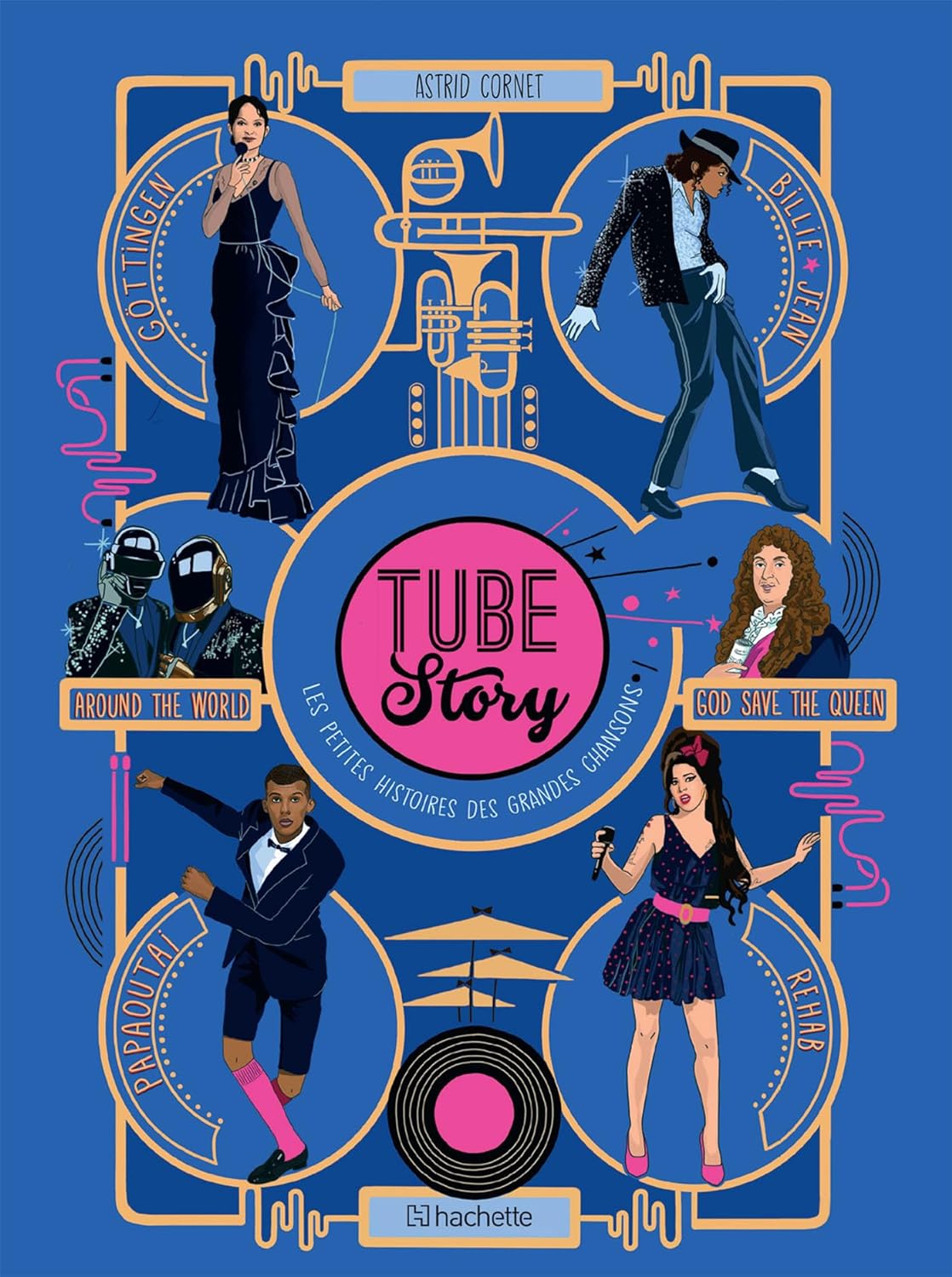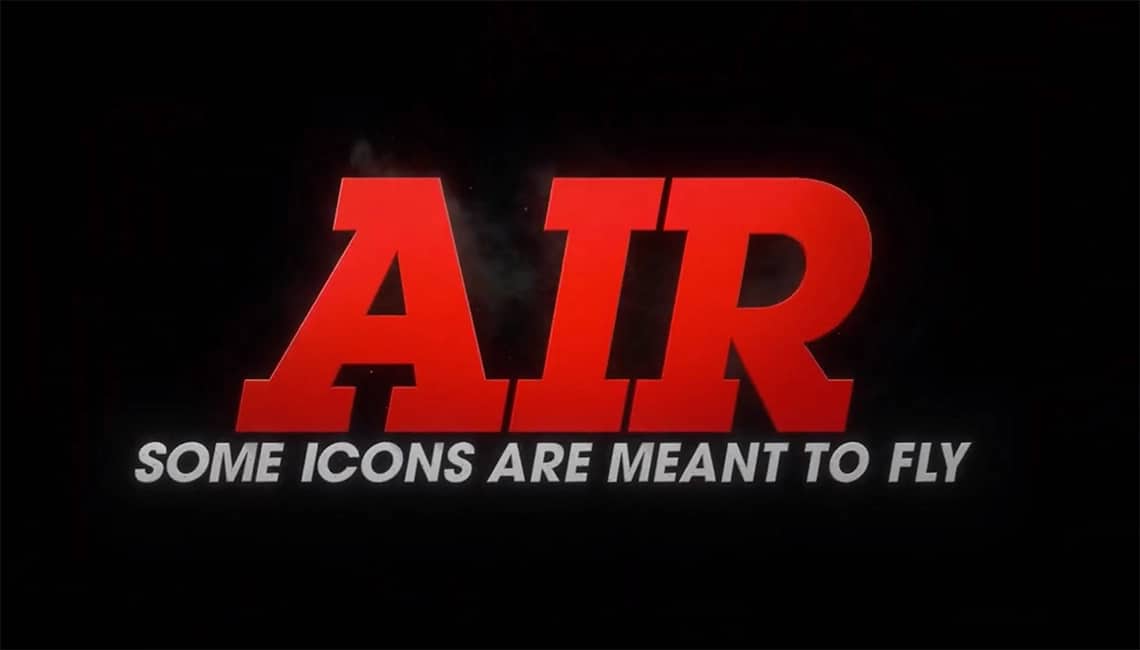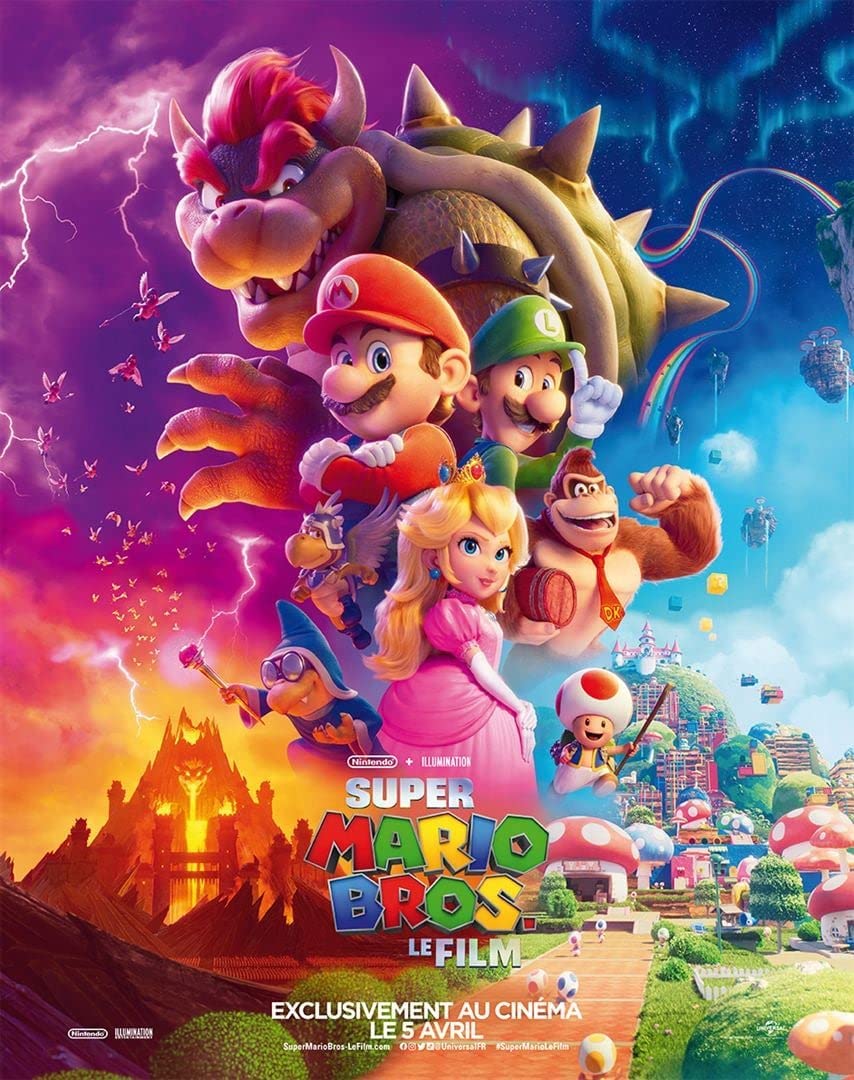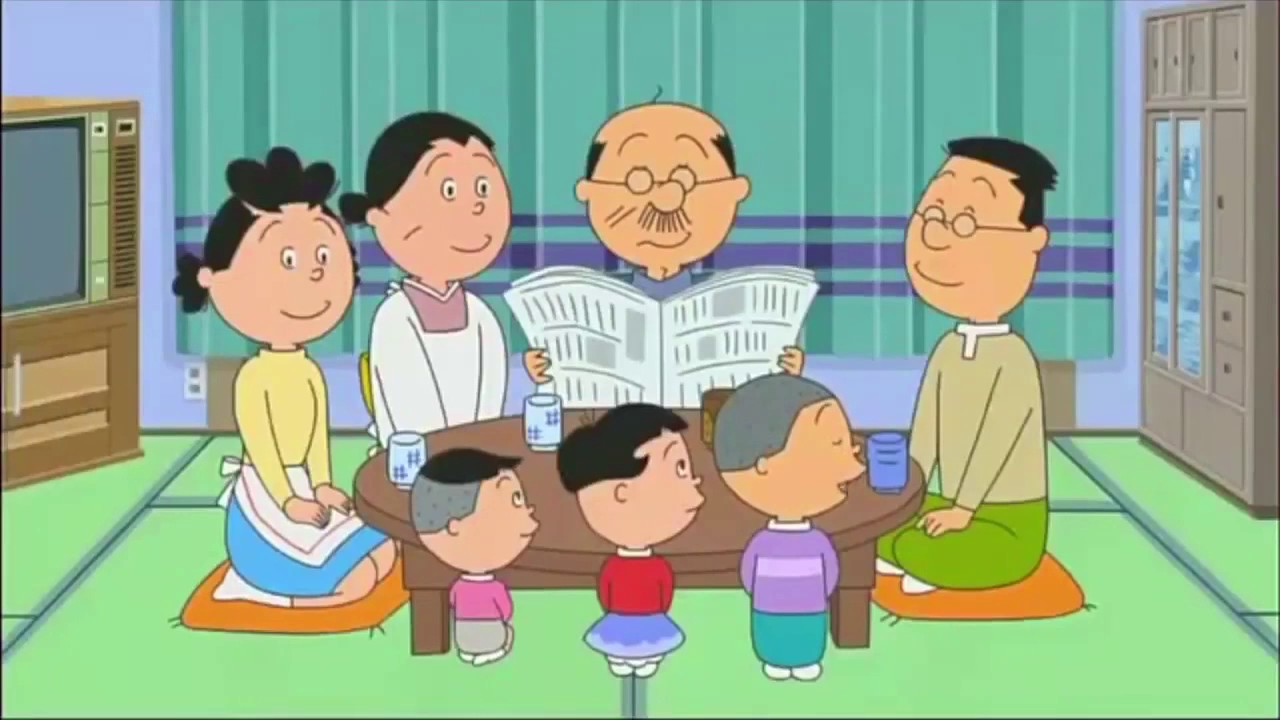From the beginning of August, it will be possible to (re)discover in theaters and in restored version, three works from the filmography of Japanese filmmaker Takeshi Kitano: Kids Return (1996), Hana-Bi (1997) and The Summer of Kijujiro (1999). Three singular works that put into perspective the full extent of the cinematographic universe developed by the filmmaker.

Takeshi Kitano is a complete artist, to say the least; Director, actor, television host, comedian, painter, visual artist, writer, poet, singer and video game designer. Cinema is a medium that allows him to synthesize his many facets.
Both in Japan and abroad, Kids Return is Takeshi Kitano's first film to garner unanimous acclaim from audiences and critics alike. Hana-bi was awarded the Golden Lion at the Venice Film Festival in 1997, bringing the director international fame. As for Kikujiro's Summer, it allows him to access the official selection of the Cannes Film Festival for the first time.
In 2003, Takeshi Kitano seized the Japanese cult character, Zaïtochi, a blind masseur and knight errant who works for the defense of the weakest. He thus signs what is undoubtedly one of his greatest achievements.
Kids Return (1996)
Masaru and Shinji prefer to hang out in bars, steal and eat than go to high school. One day, two teenagers return accompanied by a boxer friend who puts Masaru K.O. Masaru then decides to take up boxing and trains Shinji, who turns out to be much better than him. Masaru then leaves the ring to try his luck on the side of the local mafia, in the ruthless world of the Yakuza.

Accustomed to playing his own characters, Kids Return is one of the few films where Kitano does not appear as an actor. The film, which tackles the theme of adolescence and the crucial choices that can be made during this period, is perpetually imbued with a sweet nostalgia. The music, undeniably influenced by the world of video games, infuses a joyful energy into the story.
Lovers of satin and shimmering tracksuits, you will be served!
Hana-Bi (1997)
Yoshitka Nishi, a violent and unpredictable police inspector, lost his daughter a few years ago. His wife has incurable leukemia. Following a shooting, his partner Horibe becomes paraplegic and another of his colleagues is killed. He then decides to resign and commits a robbery in order to repay large debts contracted with the Yakuza. Nishi then leaves for a final trip with his wife through Japan.
A priori, nothing very cheerful on the program. Yes but only Hana-Bi is a little marvel of editing! The title of the film (which means "fireworks") announces the abundance of explosive transitions. Kitano makes brilliant use of the elliptical editing that so widely characterizes his style from the opening.
Hana-Bi allows Kitano to exploit painting as a real language and thus express his talent as a painter-visual artist (it is he who is the author of all the paintings present in the image). Indeed, during his convalescence, the character of Horibe begins to paint to deceive his boredom and escape his condition of paraplegic. Kitano thus erects painting as a powerful means of escape.

With his dark glasses and his taciturn air, Nishi (who has nothing to envy to Luc Besson's Léon), is a rich and complex character, carrying an incredible violence but also a modest love for his wife. The character condenses the themes that confront each other throughout the story: a subtle balance between melancholy and violence.
Summer of Kikujiro (1999)
As the summer holidays begin, nine-year-old Masao lives alone with his grandmother whose work occupies his days. Masao then meets Kijujiro, a former yakuza with whom he decides to go in search of his mother.
I told him to take risks. To film shots like we've never seen before. Just to have fun. He went very far. What's the point of asking a cameraman to redo what he's already done? (…) I asked the cameraman to splurge for fun.

L'été de Kijujiro is a road movie with a slick and poetic humor that takes the form of a photo novel. As in most road movies, it is not the purpose of the trip that matters but the route that makes it possible. Masao and Kijujiro form an unusual but endearing duo. During their wanderings, they meet atypical personalities. These individuals on the margins of society: acrobats, street vendors and bikers, will provide them with a life-saving change of scenery. For this film, Kitano is once again surrounded by Joe Hisaishi who will sign there one of the B.O the most memorable of their collaboration.
Although he has now somewhat disappeared from the film landscape, Takeshi Kitano is one of the major revelations of the 90s. His personality and poetic vision are at the origin of very beautiful films that have marked the spectators as much as the history of cinema. It is therefore a duty to go see or rewatch on the big screen the masterpieces of this director.






































